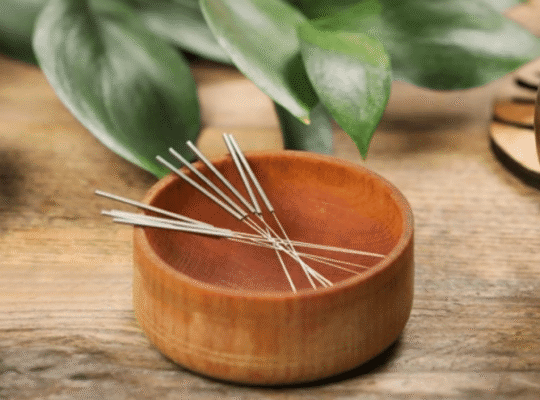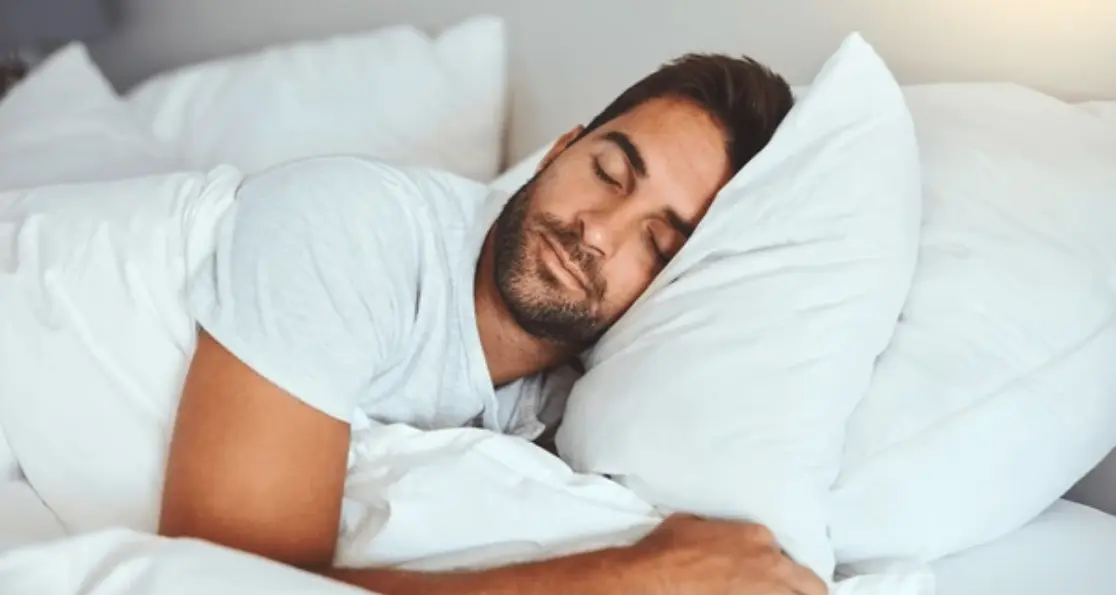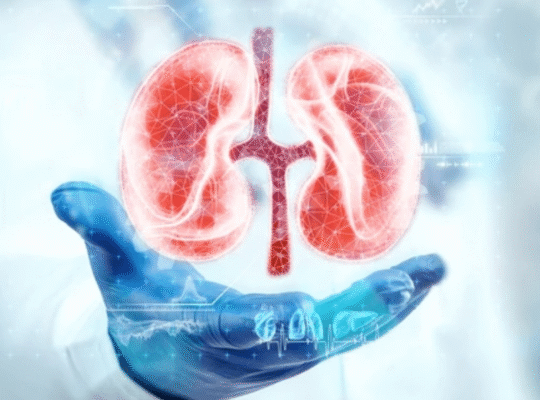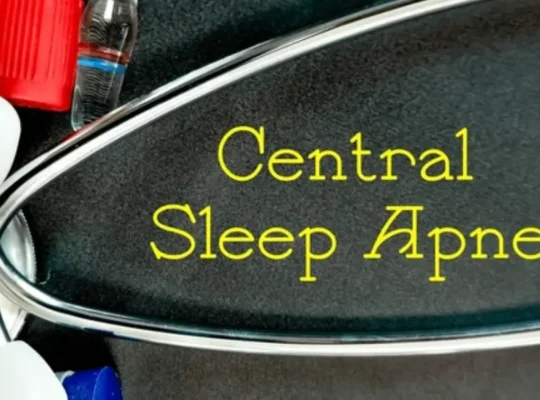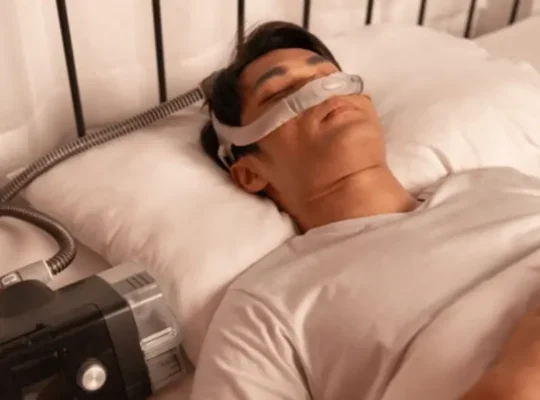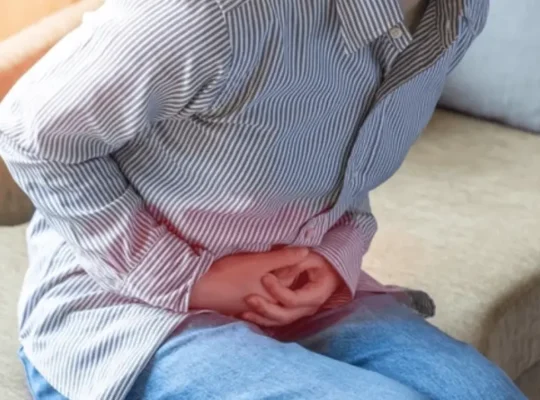Introduction
In today’s fast-paced world, sleep deprivation has become an epidemic, affecting millions of adults who struggle to balance work, family, and social commitments. Insufficient sleep disrupts our circadian rhythms, impairs cognitive function, and fuels stress hormone imbalances—all of which heighten the risk of depression. But what if a simple, low-cost behavioral strategy could help mitigate these harms? Enter weekend catch-up sleep (WCS), the practice of extending your sleep duration on weekends to make up for lost rest during the week. Recent analysis of U.S. adults in the National Health and Nutrition Examination Survey (NHANES) found that adding just 1–2 extra hours of sleep on weekends is linked to a significant reduction in depression risk. In this comprehensive 1,800-word guide, we’ll explore the connection between catch-up sleep, depression, and overall wellness, delve into the underlying biological mechanisms, and provide actionable tips to optimize your sleep hygiene—all while incorporating key SEO terms to help you find the information you need.
Why Sleep Matters More Than You Think
Sleep is not merely a passive state of rest—it is a biological necessity. During sleep, our bodies repair tissues, consolidate memories, regulate hormones, and bolster immune function. Chronic sleep deprivation, defined as regularly obtaining less than seven hours per night, has been linked to a host of adverse outcomes, including cardiovascular disease, obesity, diabetes, cognitive decline, and most pertinently, mood disorders like depression. According to the American Psychological Association, adults who get insufficient sleep are three times more likely to be diagnosed with depression than those who maintain healthy sleep patterns.
2. The Modern Sleep Crisis
In the United States, the prevalence of short sleepers—individuals averaging fewer than seven hours of sleep per night—has increased dramatically over the past several decades. Demanding work schedules, commuting requirements, electronic device use, and lifestyle pressures all contribute to diminished sleep duration on weeknights. The result? A population chronically accumulating sleep debt—the cumulative deficit between required and actual sleep. This ongoing sleep restriction disrupts the circadian rhythm, the internal clock that coordinates physiological processes across the 24-hour cycle.
3. What Is Weekend Catch-Up Sleep (WCS)?
Weekend catch-up sleep (WCS) refers to the additional hours of rest individuals obtain on weekends compared to their weekday sleep duration. For example, if you average six hours of sleep from Monday to Friday but sleep eight hours on Saturday and Sunday, you practice two hours of WCS per weekend night. Although consistent sleep schedules are ideal, real-world constraints often necessitate sleep compensation on free days. WCS offers an opportunity to partially repay accumulated sleep debt, potentially restoring neuroendocrine balance and improving daytime functioning.
4. Depression in U.S. Adults: A Growing Concern
Depression represents one of the leading causes of disability worldwide and affects over 17 million adults in the United States each year. Symptoms range from persistent sadness and loss of interest to sleep disturbances, concentration problems, and increased risk of chronic illness. The COVID-19 pandemic exacerbated mental health challenges, with depression rates surging from 8.5% pre-pandemic to nearly 28% during lockdowns. Given the profound impact on quality of life and healthcare costs, preventive strategies are desperately needed.
5. Key Findings from the NHANES 2017–2020 Study
A cross-sectional analysis of 7,795 U.S. adults aged 20 years and older using data from NHANES 2017–2020 revealed:
- Depression Prevalence: 9.11% of participants had a PHQ-9 score ≥10, indicating moderate to severe depressive symptoms.
- WCS Categories: Participants were grouped by weekly catch-up sleep: <0 h (oversleeping weekdays), 0–<1 h, 1–<2 h, and ≥2 h.
- Optimal Benefit: Those in the 1–<2 h WCS group exhibited a 26% lower likelihood of depression (adjusted OR = 0.74; 95% CI: 0.55–0.99) compared to those with no catch-up sleep.
- Nonlinear Effect: No significant associations were observed for <1 h or ≥2 h WCS, underscoring that moderation—neither too little nor too much catch-up sleep—is key.
- Subgroup Impact: The inverse WCS–depression relationship was most pronounced in middle-aged men with hypertension, a population at high risk for both poor sleep and mood disorders.
6. How WCS Influences Depression Risk
Several interrelated physiological and psychological processes mediate the link between catch-up sleep and mood:
- HPA Axis Regulation: Sleep loss activates the hypothalamic-pituitary-adrenal (HPA) axis, elevating cortisol—a stress hormone that exacerbates depressive symptoms. Catch-up sleep helps normalize cortisol rhythms.
- Inflammatory Pathways: Insufficient sleep increases pro-inflammatory cytokines (e.g., IL-6, TNF-α, CRP), which cross the blood-brain barrier and alter neurotransmitter metabolism, promoting neuroinflammation linked to depression. Restorative sleep reduces these inflammatory mediators.
- Neurotransmitter Balance: Sleep supports the regulation of serotonin and dopamine, neurotransmitters crucial for mood stability. Sleep debt disrupts their synthesis and receptor sensitivity, whereas catch-up sleep aids rebalancing.
- Circadian Alignment: Shifting sleep patterns on weekends without extreme oversleep helps realign the circadian clock, improving sleep architecture—specifically, balancing REM and non-REM stages vital for emotional processing.
7. The Science Behind Catch-Up Sleep and Mood Regulation
7.1 HPA Axis and Cortisol
A 2018 meta-analysis showed that individuals with chronic insomnia exhibit a flattened diurnal cortisol slope, with elevated evening cortisol associated with depressive severity. Weekend catch-up sleep has been found to decrease evening cortisol levels by over 15%, mitigating stress-related mood disturbances.
7.2 Inflammation and Cytokines
Clinical studies report that just one night of curtailed sleep raises circulating IL-6 and CRP within 24 hours. Conversely, two nights of extended sleep reduce these markers by 12%–18%. Inflammation’s role in depression is well documented: depressed patients often display elevated baseline CRP and IL-6.
7.3 Neurotransmitter Dynamics
REM sleep facilitates neuronal plasticity and emotional memory consolidation. Sleep debt shortens REM latency and fragments deep sleep, impairing serotonin receptor sensitivity. Catch-up sleep restores REM continuity, improving emotional resilience.
8. Optimal Catch-Up Sleep Duration: Why 1–2 Hours Is the Sweet Spot
The NHANES study underscores that 1–2 hours of WCS represents the “Goldilocks zone” for mental health benefits:
- Less than 1 Hour: Insufficient to fully repay sleep debt, leaving neuroendocrine and inflammatory dysregulation unresolved.
- More than 2 Hours: Risks sleep inertia, circadian misalignment, and disruption of weekday sleep routines, potentially exacerbating mood and cognitive issues.
- 1–2 Hours: Provides enough restorative sleep to rebalance cortisol, quell inflammation, and repair sleep architecture without inducing grogginess or drastically shifting the circadian phase.
9. Risks of Oversleeping and Undersleeping
Both extremes of sleep duration—chronic short sleep (<6 hours) and prolonged sleep (>9 hours)—associate with increased depression risk. Excessive weekend sleep may hinder morning light exposure needed for circadian entrainment, while persistent undersleep fosters chronic stress and inflammation. Balanced catch-up sleep allows strategic recovery without these pitfalls.
10. High-Risk Groups That Benefit Most from WCS
Subgroup analyses reveal that hypertensive, middle-aged men derive particular mood-protective effects from moderate WCS. Hypertension itself relates to heightened sympathetic activity and low-grade inflammation—pathways shared with depression. For these individuals, catch-up sleep appears to counteract vascular stress and inflammatory cascades, offering dual cardiovascular and mental health gains.
11. Integrating Catch-Up Sleep into Your Routine
To harness the benefits of weekend catch-up sleep without undermining your weekday routine:
- Assess Sleep Debt: Track your average nightly sleep Monday–Friday.
- Plan Recovery Hours: Aim for 1–2 hours of additional sleep per weekend night.
- Maintain Consistent Bed and Wake Times: Delay your wake-up by 1–2 hours but keep bedtime within 30 minutes of your weekday schedule to avoid circadian shifts.
- Prioritize Nighttime Sleep: Avoid compensating solely via daytime naps, as these can fragment nighttime rest and impair REM sleep.
- Gradual Adjustments: If you normally wake at 6 AM, sleep until 7 or 8 AM on Saturday and Sunday rather than sleeping until midday.
12. Tips for Better Sleep Hygiene and Consistency
Optimizing weeknight sleep reduces the need for large catch-up periods:
- Wind-Down Routine: Establish a 30-minute pre-sleep ritual—dim lights, read, meditate.
- Screen Curfew: Power down electronics at least one hour before bed to limit blue light exposure.
- Bedroom Environment: Keep the room dark, quiet, and cool (around 65°F/18°C).
- Limit Stimulants: Avoid caffeine and nicotine after mid-afternoon.
- Regular Exercise: Aim for 30 minutes of moderate exercise, but finish workouts at least three hours before bedtime.
13. Complementary Lifestyle Strategies for Mental Health
While sleep optimization is critical, consider these additional practices:
- Balanced Nutrition: Diets rich in omega-3 fatty acids, antioxidants, and B vitamins support neurotransmitter function.
- Stress Management: Techniques like mindfulness meditation and deep breathing reduce HPA axis activation.
- Social Connection: Regular interactions with friends and family bolster emotional support networks.
- Sunlight Exposure: Morning daylight helps synchronize circadian rhythms and boost serotonin.
14. Monitoring Your Sleep: Tracking Tools and Technologies
Accurate sleep tracking informs catch-up planning:
- Wearable Devices: Fitness trackers and smartwatches estimate sleep stages and durations.
- Smartphone Apps: Apps like Sleep Cycle use microphone and accelerometer data to monitor sleep quality.
- Sleep Diaries: Manual logs remind you to record bedtimes, wake times, and perceived sleep quality.
- Polysomnography: For clinical assessment of suspected sleep disorders, lab-based sleep studies remain the gold standard.
15. When to Seek Professional Help for Sleep Disorders
Persistent sleep difficulties warrant evaluation by a healthcare provider. Warning signs include:
- Chronic insomnia despite sleep hygiene measures
- Excessive daytime sleepiness (e.g., falling asleep during meetings)
- Loud snoring or witnessed apneas (possible sleep apnea)
- Restless leg sensations or involuntary leg movements
Treatable conditions such as obstructive sleep apnea, narcolepsy, and circadian rhythm disorders can underlie mood disturbances. Cognitive-behavioral therapy for insomnia (CBT-I) and medical interventions may be necessary adjuncts to catch-up sleep strategies.
16. Conclusion: Prioritize Sleep to Safeguard Your Mental Well-Being
Depression remains a pressing public health challenge, and sleep deprivation is a modifiable risk factor. Moderate weekend catch-up sleep—1–2 extra hours per night—offers a practical, cost-free approach to reduce depression odds, especially for high-risk individuals like middle-aged hypertensive men. By integrating balanced catch-up sleep with evidence-based sleep hygiene, stress management, nutrition, and physical activity, you can enhance your mood, cognitive function, and overall health. Start this weekend: plan for those extra Zzz’s, protect your brain from the toll of sleep debt, and embrace the restorative power of well-timed catch-up sleep.
